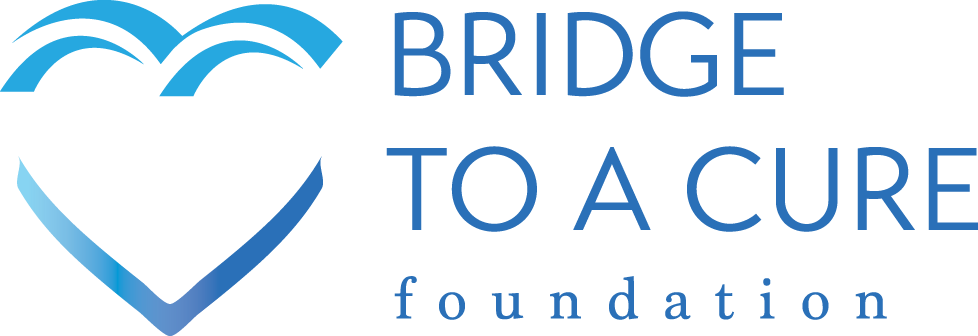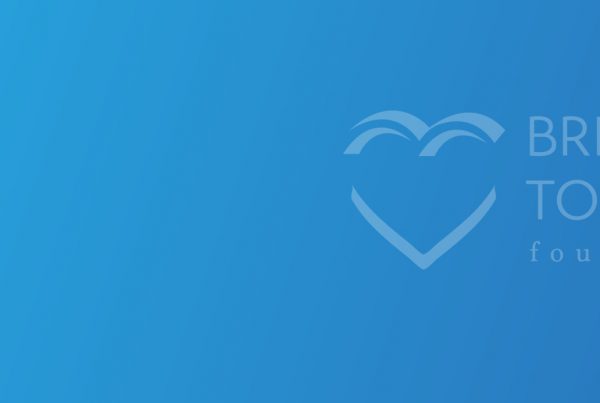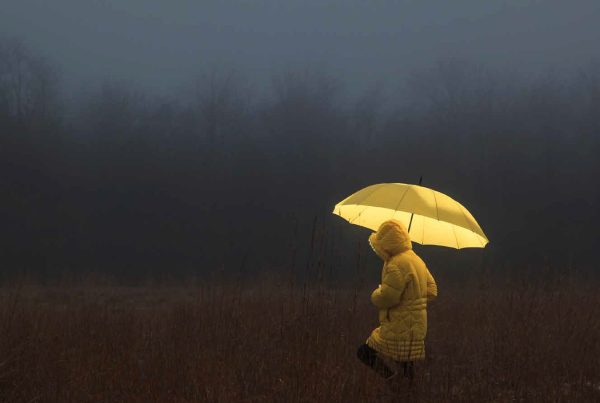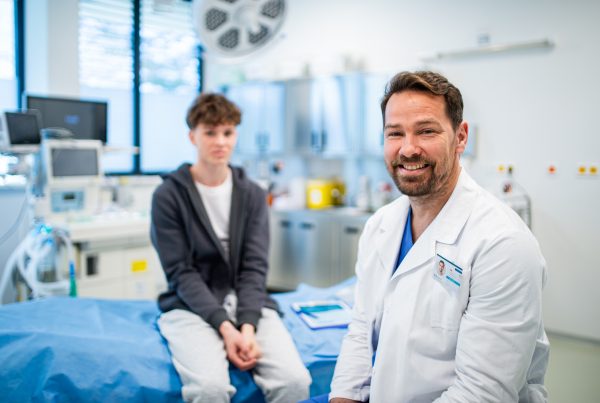Five-year survival rates don’t begin to tell the story of the cruel toll cancer inflicts on innocent kids — and all who love them.
“No. No, this isn’t possible. This is wrong. All wrong. Someone run another test. Get me another doctor. For Christ’s sake, someone punch me and wake me up from this nightmare.”
This is how one mom described her feelings upon getting the cancer diagnosis that would lead eight days later to the death of her baby girl.
Losing a child has been called the ultimate loss — the deepest, darkest hole of grief into which a human can plunge.
Yet childhood cancer is so inexplicably painful, so agonizing, so brutal, that cancer charities, researchers, and oncologists take heart where they can. For many, it’s in statistics such as an increased five-year survival rate for kids with cancer.
In recognizing June, Cancer Survivors Month, The American Association for Cancer Research touts “spectacular advances in cancer research” that have lengthened lives. The American Cancer Society says 84% of children with cancer now survive five years or more, a huge increase since the mid-1970s, when the five-year survival rate was about 58%.
They are measuring childhood survival rates like a batting average in baseball. But a child’s struggle against cancer is a journey, not a single event. Both the distance traveled and the quality of the journey is how we should measure success. And right now, that journey remains fraught with massive physical, mental, and emotional suffering for kids and their families.
The statistics overlook the trauma routinely inflicted in the standard of care treatments — the trembling fear of the child anticipating her next visit, the family’s economic devastation, the stress and emotional anguish of watching your child suffer through painful and debilitating treatments that can last for years. All these can leave lifelong scars for those fortunate enough to survive to adulthood.
Cancer Traumatizes Everyone in the Family
The horrors that kids and families experience in battling cancer are cruel and agonizing, as anyone who has lived through this ordeal can attest. The pain and suffering children endure as they undergo standard cancer treatments spread devastation like tornadoes as they tear through parents, siblings, grandparents and other relatives, friends, and caregivers.
It starts with having to try to explain to a child that he or she has a potentially deadly disease — that the headaches, nausea, tiredness, swelling, lump, or aches in their bodies can’t be kissed or wished away. How can you as a parent answer when your child asks you: “Why me, Mom? Did I do something wrong? Is God mad at me?”
Kids’ Suffering Brings Tears to Their Eyes and Their Parents’
Kids undergoing chemotherapy are constantly poked with needles and injected with powerful chemicals that destroy their immunity, making them more susceptible to other potentially fatal diseases, including COVID-19. The drugs are so toxic that we would probably not use them if there were any other choice. Cytostatic antibiotics, for instance, are among many chemotherapy drugs that are “cardio toxic” and can damage the heart if used too long.
Watching a child suffer has been called a living nightmare for parents. There’s nothing more agonizing than listening to your child cry “Stop, please, stop!” when the pain gets too much for them to bear. You feel so helpless as you watch them lose their hair, their appetite, and their energy and struggle through pain, nausea, rashes, sores, kidney and bladder problems, anemia, and bleeding. These are all among the long list of side effects kids endure through our current inadequate arsenal of chemo, radiation, and other standard treatments.
Then there is the sadness you feel in trying to comfort a child who feels isolated from their friends and sad as they miss out on doing things other kids can do. Cancers upset family dynamics, as siblings have to step up and help out parents facing exhaustion, and give up part of their childhoods as they wrestle with their own fears about the illness.
Financial Stress and Your Worst Fears
With all that you do to try to comfort your child, you face the added stress of wondering how you’ll be able to pay off massive medical bills that pile up as you are forced to take time off from work to drive, often long distances, for treatments. At the very time you need to be focused on caring for you child, you must wrestle with thoughts like: “I can’t keep missing work….What’s going to happen to my job? How am I going to pay off these thousands of dollars on my credit card?” All the while you struggle to keep up a hopeful and cheerful outlook for your child, while pushing down fears of losing your baby.
For too many families, there is no happy ending — just a never-ending string of days filled with loss, of dreams destroyed and milestones that will never be measured.
“The death of a child is considered the single worst stressor a person can go through,” Deborah Carr, chair of the sociology department at Boston University, says in Fatherly. “Parents and fathers specifically feel responsible for the child’s well-being. And they’re not just losing a person they loved. They’re also losing the years of promise they had looked forward to.”
Dread, Uncertainty and Lifetime Scars
As we applaud the fact that more children are living beyond five years, we can’t overlook the struggles they endure to reach that milestone, or the continued pain and suffering that may await them the rest of their lives.
Long-term side effects (called late effects) include damage to the heart, lungs, brain, nerves, kidneys, thyroid gland, or reproductive organs that can impact growth and development, emotions, thinking, learning, and memory. Adults who experienced childhood cancer have twice the suicide risk as the general population. The impact to mental as well as physical health is substantial.
Kids and teens that have undergone some types of chemotherapy may face higher risks of developing other cancers as they grow up. They often live with anxiety, depression, and fear that the cancer will come back. As survivors of childhood trauma, they may carry hidden scars that never go away.
“Because childhood cancer survivors are living longer, they are having more late effects after cancer treatment,” the National Cancer Institute says. “Survivors may not live as long as people who did not have cancer.”
The most common causes of death in childhood cancer survivors are:
- The primary cancer comes back.
- A second (different) primary cancer forms.
- Heart and lung
When you consider the pain, suffering and agony cancer inflicts on families kids — even those fortunate to survive five or more years — it’s clear that how far we have to go before we can claim victory over this enemy.
We must clear a path to finding cures and treatments that don’t subject survivors to lifelong suffering, and give every child a chance to chase their dreams. To do that, the Bridge To A Cure Foundation proposes a radical change in the way we conduct clinical trials.
The clinical trial process was created for adults — not children. As a result, 50% of medicines used to treat children have been extrapolated from adult data without data to support safe and effective dosing for kids. The performance criteria for clinical trials is also based on adults, and fails to consider the child’s horrific suffering, the emotional strain on parents and siblings, the potential for deep psychological scars, or the debilitating impact of the financial burden.
Children are not small adults, and their bodies’ physiology and chemistry react differently to cancer treatments. We need a new clinical trial protocol tailored to children, and performance standards that protect their quality of life as they and their families go through this journey. Next month, we’ll look at this in more depth.
